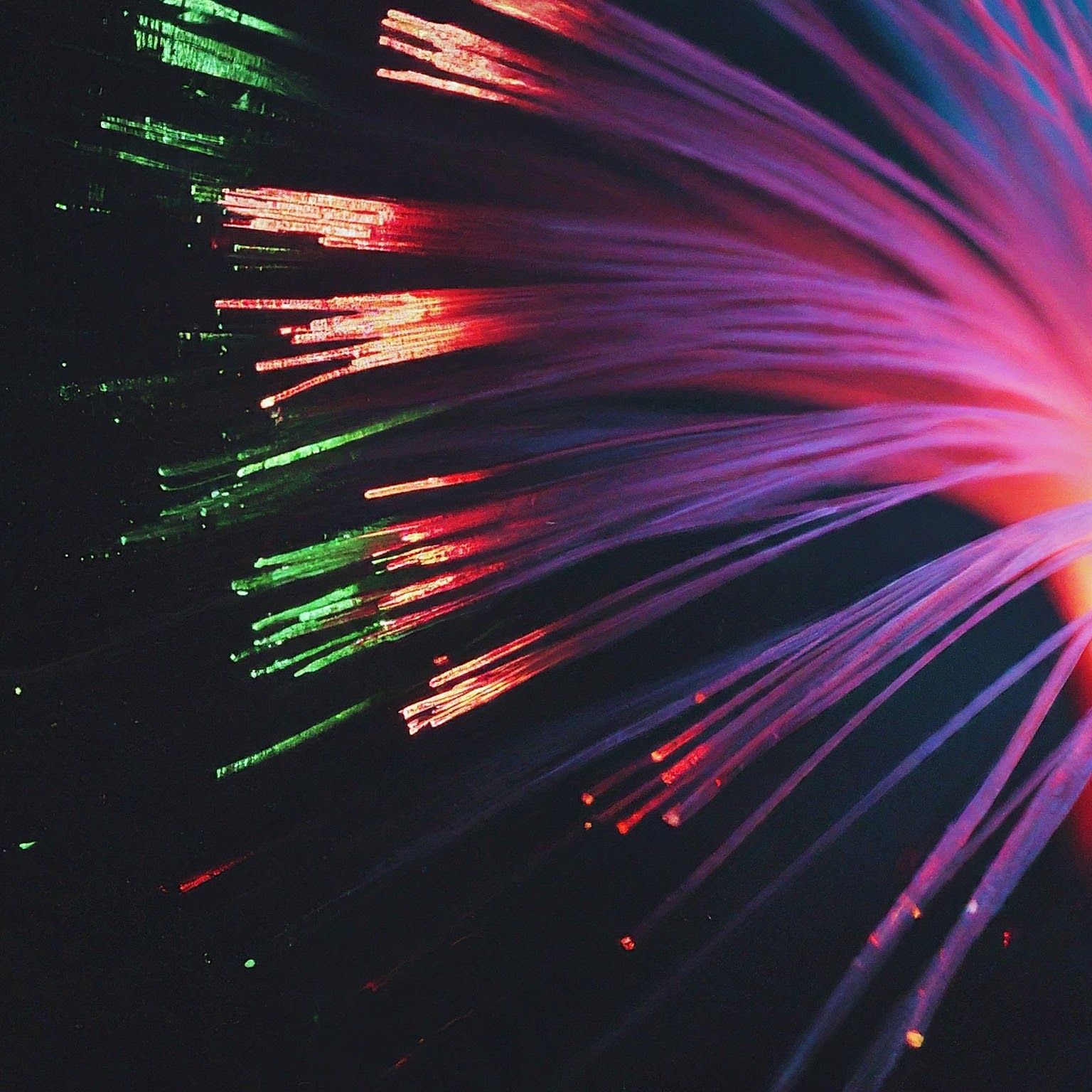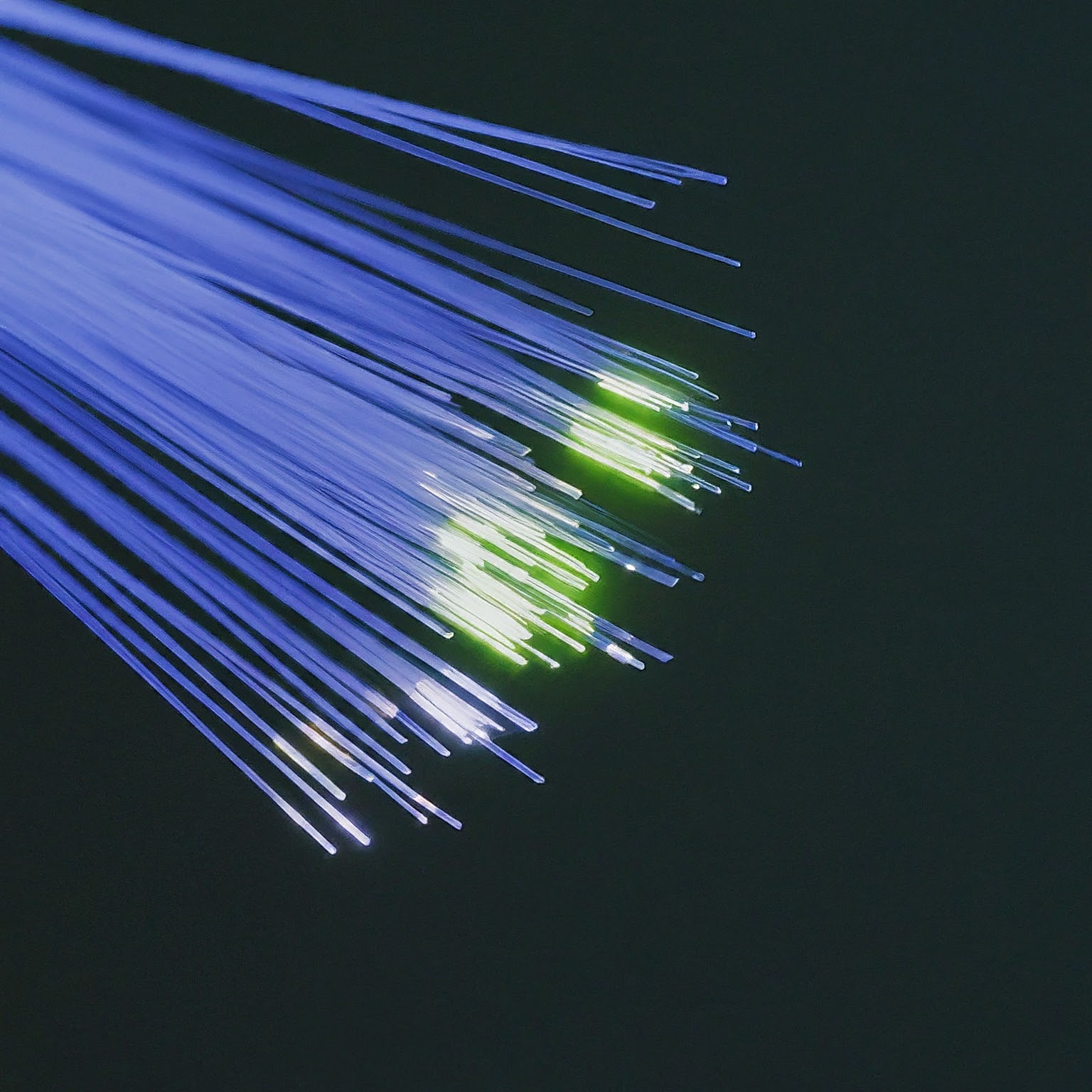The digital age has ushered in an unprecedented demand for high-speed internet connectivity. While traditional internet technologies have served their purpose, they are increasingly becoming inadequate to meet the growing bandwidth requirements of modern users. This is where fiber optic internet emerges as a game-changer, offering unparalleled speed, reliability, and capacity. This article delves into the intricacies of fiber optic internet, exploring its technology, benefits, challenges, and the future of this transformative connectivity solution.

Understanding Fiber Optic Internet
Fiber optic internet is a high-speed internet connection that uses thin strands of glass or plastic to transmit data as light pulses. Unlike traditional copper-based internet connections, fiber optic cables offer significantly higher bandwidth and faster speeds.
How Fiber Optic Internet Works
Fiber optic internet operates by converting digital data into light signals, which are then transmitted through the fiber optic cable. At the receiving end, the light signals are converted back into data. This process enables incredibly fast and efficient data transfer.
Benefits of Fiber Optic Internet
- Blazing Fast Speeds: Fiber optic internet delivers significantly higher download and upload speeds compared to traditional internet connections, enabling seamless streaming, online gaming, and large file transfers.
- Low Latency: Fiber optic cables minimize signal delay, resulting in a more responsive internet experience, ideal for online gaming and video conferencing.
- Uninterrupted Service: Fiber optic internet is less susceptible to interference and power fluctuations, leading to fewer service interruptions.
- Future-Proof Technology: The vast capacity of fiber optic cables ensures that it can accommodate future increases in data demands.
Challenges and Limitations of Fiber Optic Internet
While fiber optic internet offers numerous advantages, it also presents some challenges:
- Deployment Costs: Installing fiber optic infrastructure can be expensive, especially in rural areas.
- Availability: Fiber optic internet is not yet widely available in all regions.
- Equipment Costs: Fiber optic modems and routers can be more costly than traditional equipment.
The Impact of Fiber Optic Internet on Society
The widespread adoption of fiber optic internet has the potential to transform society in several ways:
- Economic Growth: High-speed internet can attract businesses and industries to areas with robust fiber optic infrastructure, stimulating economic growth and job creation.
- Education: Fiber optic internet enables access to online education resources, bridging the digital divide and improving educational outcomes.
- Healthcare: Telemedicine and remote patient monitoring become more feasible with high-speed internet, improving healthcare accessibility.
- Entertainment: Fiber optic internet supports immersive entertainment experiences, such as virtual reality and augmented reality.
The Future of Fiber Optic Internet
The future of fiber optic internet is bright. Ongoing advancements in fiber optic technology, coupled with increasing demand for high-speed connectivity, will drive further expansion and adoption.
- Fiber to the Home (FTTH): The trend towards bringing fiber optic cables directly to homes will continue to grow.
- Increased Speeds: Fiber optic speeds are expected to increase significantly, enabling new applications and services.
- Integration with Other Technologies: Fiber optic internet will likely be integrated with other technologies, such as 5G and IoT, to create more connected and intelligent ecosystems.

Conclusion
Fiber optic internet represents a significant leap forward in internet connectivity. Its ability to deliver unprecedented speeds, reliability, and capacity has the potential to revolutionize how we live, work, and communicate. As fiber optic infrastructure continues to expand, it is poised to become the backbone of the digital economy and drive innovation across various sectors.
لا تعليق